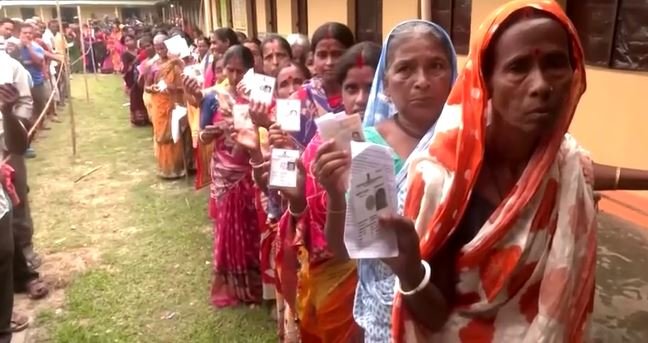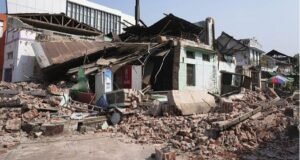
India held the second phase of the world’s biggest election on Friday, with Prime Minister Narendra Modi and his rivals hurling accusations of religious discrimination and threats to democracy amid flagging voter turnout.
Almost one billion people are eligible to vote in the seven-phase general election that began on April 19 and concludes on June 1, with votes set to be counted on June 4.
Modi is seeking a record-equalling third straight term on the back of his economic record, welfare measures, national pride, Hindu nationalism and personal popularity. Surveys suggest he will easily win a comfortable majority, reports Reuters.
His challengers have formed an alliance of more than two dozen parties and are promising greater affirmative action, more handouts and an end to what they call Modi’s autocratic rule.
A total of 88 seats out of the 543 in the lower house of parliament went to the polls on Friday, with 160 million people eligible to vote across 13 states and federal territories.
Approximate voter turnout data at the end of polling put Friday’s turnout at 61%, lower than the 65% in the first phase last week, and 68% in the second phase five years back.
The Election Commission and political parties are concerned that unseasonably hot weather, and weddings in some parts of the country, would affect turnout.
Analysts say that there is no single issue strong enough to pull voters out this time and the committed Hindu nationalist base of Modi’s Bharatiya Janata Party (BJP) may not be stepping out due to complacency or overconfidence, resulting in lower turnouts.
 Weekly Bangla Mirror | Bangla Mirror, Bangladeshi news in UK, bangla mirror news
Weekly Bangla Mirror | Bangla Mirror, Bangladeshi news in UK, bangla mirror news







